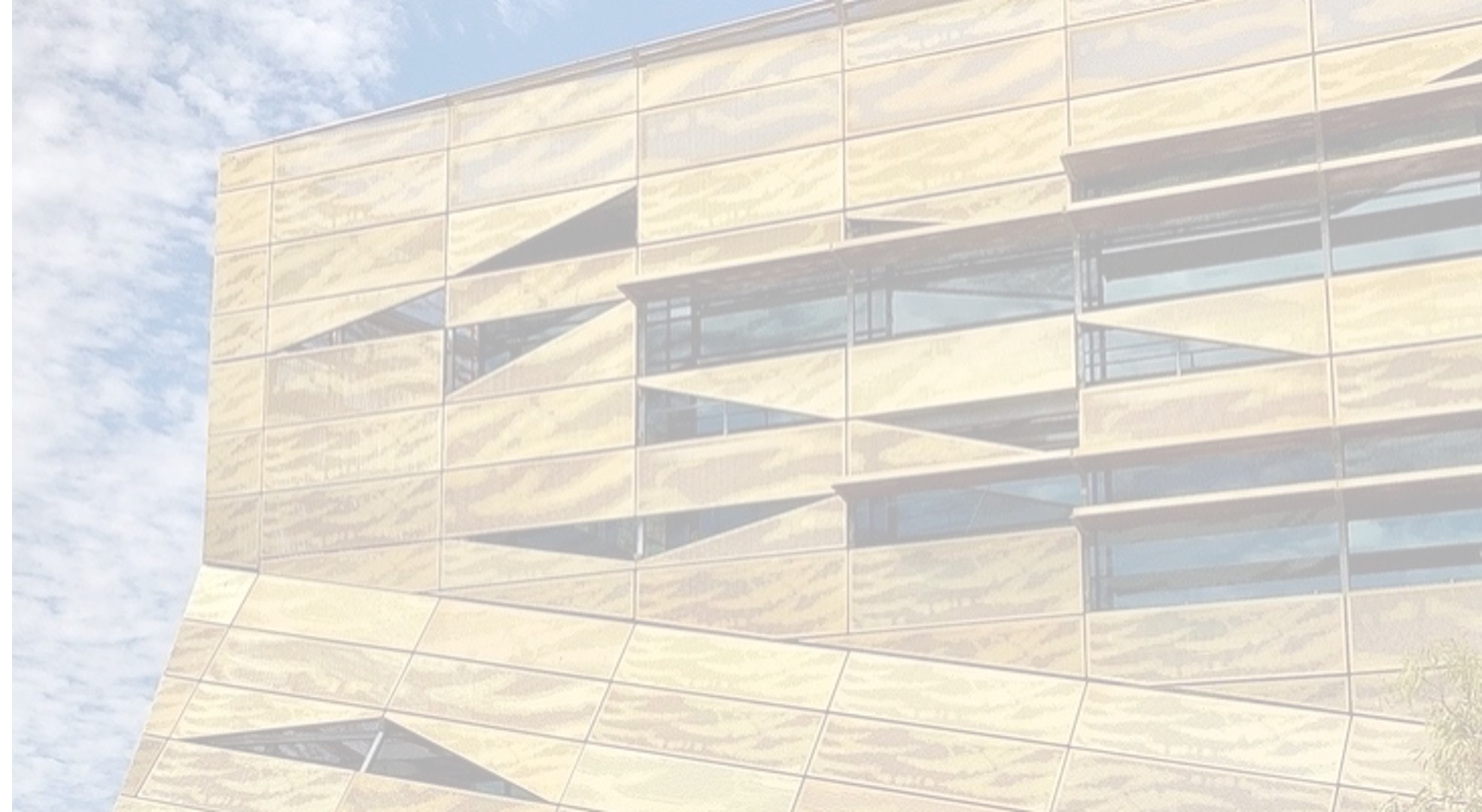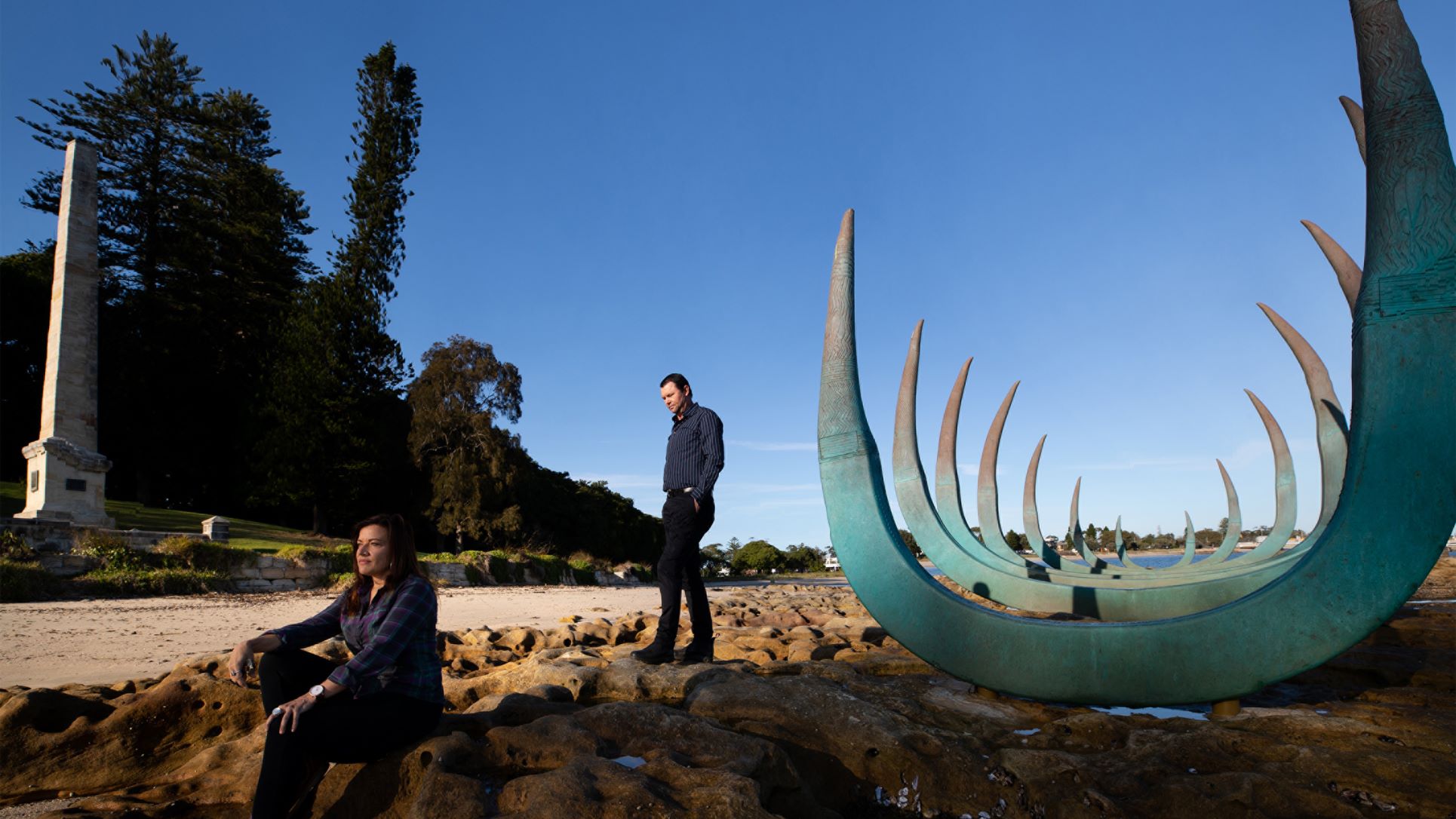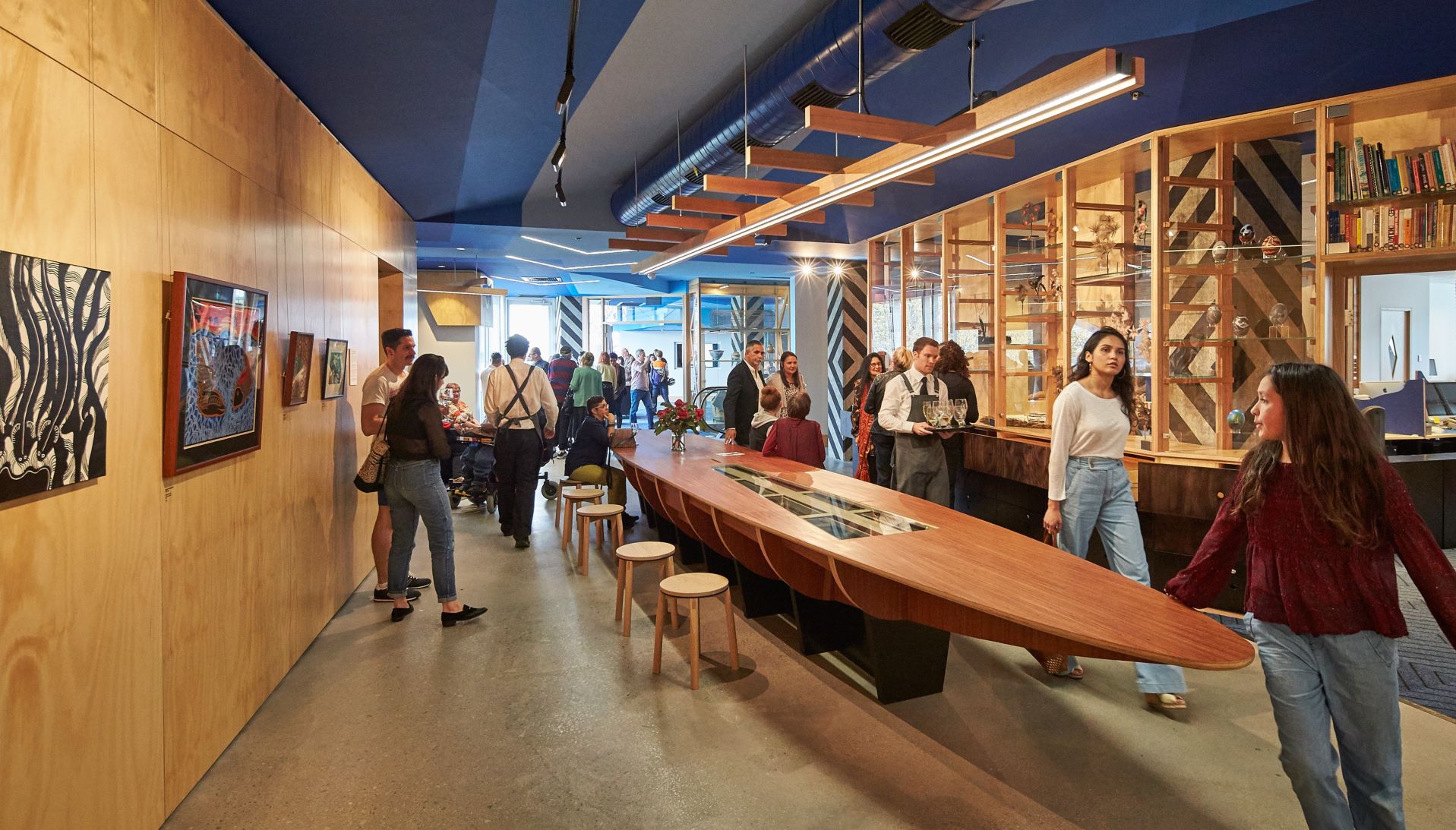On Tuesday 21 June 2022, the University of Queensland launched the Aboriginal and Torres Strait Islander Design Framework at an event at Customs House. University of Queensland Vice Chancellor and President Professor Deborah Terry, Pro-Vice Chancellor (Indigenous Engagement) Professor Bronwyn Fredericks, Project Teams and Leads, and the UQ community were all in attendance at what Professor Cameron Bruhn noted was "a significant moment in the University's journey towards reconciliation and the task of creating a treaty-ready built environment."
Project Lead, Carroll Go-Sam's inspiring call to action titled "Zero to Hero" follows.
ZERO TO HERO!
written and delivered by Carroll Go-Sam at the Aboriginal and Torres Strait Islander Design Framework Launch
"Hang tight! An explanation of the title is coming up.
This is a day of new beginnings. As we celebrate the launch of Campuses on Countries Aboriginal and Torres Strait Islander Engagement and Design Framework, we mark new ways of doing business. It’s not a day for the faint hearted – it’s a day for new challenges.
In the Murri community there’s a saying ZERO to HERO. It often refers to someone who comes from humble beginnings and accomplishes something surprising. Often exceeding expectations beyond the community’s wildest dreams.
The question for you and I: how do we each individually go from ZERO to HERO?
For developers, architects, landscape architects in the audience I ask:
- Can you find opportunities to subcontract or co-design with Indigenous artists, designers and landscapers?
- Can you create a place for Indigenous student interns in your office?
- And if you are tasked with a brief to include a response to the Campuses on Countries Framework, can you set a goal, no matter how small, to change the way you do something and aim to exceed it!
- Can you ensure budgets allow for Indigenous collaborators and program these at the beginning of a project?
- Can you allow time for meaningful consultation?
- Can you create employment opportunities for Indigenous staff in your business?
- Can you check your supply chain, check-in with your contractors and business suppliers and encourage them to consider Indigenous employment, apprenticeships and internships?
There are 12,000-16,000 self-employed Indigenous businesses in Australia, many are in construction and many are small businesses. The reason economic development is being pushed by governments is Indigenous businesses tend to employ Indigenous peoples. Along the way you may not encounter Indigenous suppliers who meet the project needs, don’t use this as an excuse – but keep on the lookout in the future for any who may be a better fit.
We have many precedents! I’ll start with five.
7 years ago Ngoolark Student Services Building at Edith Cowan University (2015 – Whadjuk Nyoonyar Peoples lands) – was designed by Libby Guj. It started with an awkward conversation with Jason Burrows, a Noongar cultural awareness officer. Under the guidance of Nyoongar peoples, Libby designed an exterior screen representing the iridescent gold of Carnaby’s black cockatoo feathers. The design adds Noongar place to the Joondalup Campus. It simply started with an awkward conversation.

Photo Credit: Bronwyn Fredericks, 2019
Not all precedents are recent.
Birabahn (2002 – Pamblong Awabakal peoples lands) is 20 years old. What I personally like about Birabahn is it was the outcome of a design competition. The winning project design didn’t appeal to Indigenous staff. Its original rectilinear configuration was kinked to represent Birabahn, the eagle hawk. This opened the way for Indigenous ownership of the project. Indigenous artists were also invited via competition to design the concrete floor inlay. It led to ongoing economic benefits for Indigenous peoples.
The image you see here is Alison Page (one of the artists) with Dillon Koomburmerrie (in the background), both standing alongside The Eyes of the Land & Sea Sculpture at Kamay Botany Bay (Gweagal, Tharawal peoples lands). It’s part of a larger Masterplan vision. It is a multi-stage project in a complex post-colonial context. To date, the project has involved Indigenous people on the project oversight committee, Aboriginal designers, professionals, craftspeople and artists.

MURRI TOTEMS (2013 – Woiwurrung Wurundjeri) brings Reko Rennie’s street art approach to the La Trobe Institute of Molecular Science forecourt. It seeks to counter Indigenous concepts of place-making as organic and earthy by reinterpreting traditional diamond motifs of scar trees.

What’s worth knowing about the Koorie Heritage Trust (2015 – Wurundjeri Woiwurrung) is its governance structure invites Indigenous principles of knowing and engagement. Spatially the design is inspired by geometric patterning on scar trees.

Like these precedents – we have much to gain from the alchemy of designing with meaning and connection to Country. But Country is more than land and waters, it’s about people's lives lived on Country.
I’m sure there are many questions on everyone’s lips?
SUCH AS – WHERE DO WE START IF WE’RE AT ZERO?
Can I be clear, the Framework is not about Blak brushing UQ’s campuses with Indigenous themed murals, decal designs, or adding bush tucker gardens and yarning circles.
The Campuses on Countries Framework is not asking those “not in the know” to design something Indigenous about Indigenous people to the exclusion of Indigenous people. The starting point is engagement.
When Kelly Greenop, Kali Marnane, Theresa Bower and I began, our aim was to maximise Indigenous engagement! 52 Indigenous staff and students voices are present in the Engagement report. This map represents the 38 countries they are connected to. We’ve modelled how to do this at the scale of institution. During the Project we encountered upcoming opportunities for new precincts, a revamped student complex and Indigenous buildings in the pipeline.
So, feel free to start your own awkward conversation and begin by understanding Indigenous diversity of countries, identity, histories and experiences.
And finally, remember your audience is everyone who uses the campus. If you encounter your own resistance or reluctance; partner with someone who’s in the know. Starting from ZERO begins with informing yourself and understanding what the Design Framework is asking. Please read both documents carefully and seek advice.
In the near future I look forward to documenting your own HERO’s journey."
This project was a collaboration of the School of Architecture, Strategic Project Office, Properties and Facilities Division and the Office of the Pro-Vice Chancellor (Indigenous Engagement) and was not possible without the valued input of Aboriginal and Torres Strait Islander staff and students.
For more information about the Framework and Engagement Reports please refer to https://coo.uq.edu.au/campuses-on-countries.



